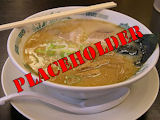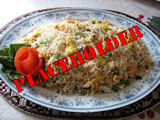China is a large nation, filled with a broad diversity of cultural influences and customs. The cuisine of China is as rich and unique as its people. When thinking of Chinese cuisine, it is common to separate it out into eight different styles, or ”°Eight Great Traditions”± (°Ė“ó²ĖĻµ). These eight styles are ”°Anhui”±, ”°Cantonese”±, ”°Fujian”±, ”°Hunan”±, Jiangsu”±, ”°Shandong”±, ”°Sichuan”±, and ”°Zhejiang”±. A narrower categorization of the cuisine breaks it into four main styles: Western China (Sichuan), Southern China (Cantonese), Northern China (Shandong), and Eastern China (Huaiyang, which is derived from Jiangsu).
In America, Chinese cuisine made its appearance in the mid 1800Ӯs when Chinese immigrants arrived in the US to work on the railroads. They would attempt to continue their culinary traditions using local ingredients, which often necessitated a variety of modifications. They would also create new dishes, or new variations of classic dishes. The result was a slightly different style of Chinese food, not found in China. Since many of the early immigrants to the US came from the Guangdong region in southern China, their style of cooking (Cantonese) is heavily reflected in the typical American Chinese restaurant.
To better understand a cuisine, it can often help to try preparing it at home so you can gain a better awareness of the different ingredients, methods, and flavors that it might embody. To help our customers become more familiar with Chinese cuisine, we have prepared some modified recipes from our menu which can be easily made at home.





